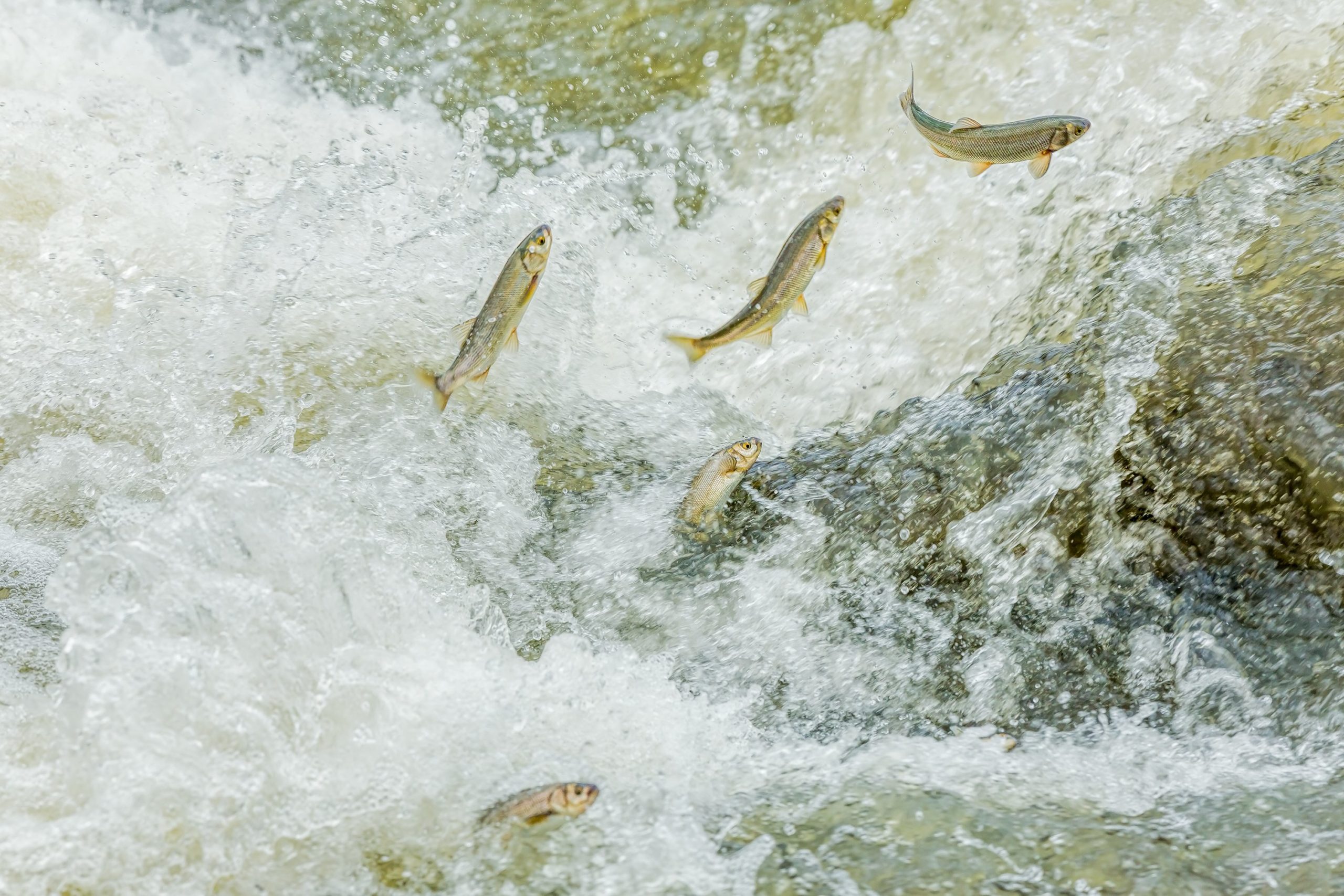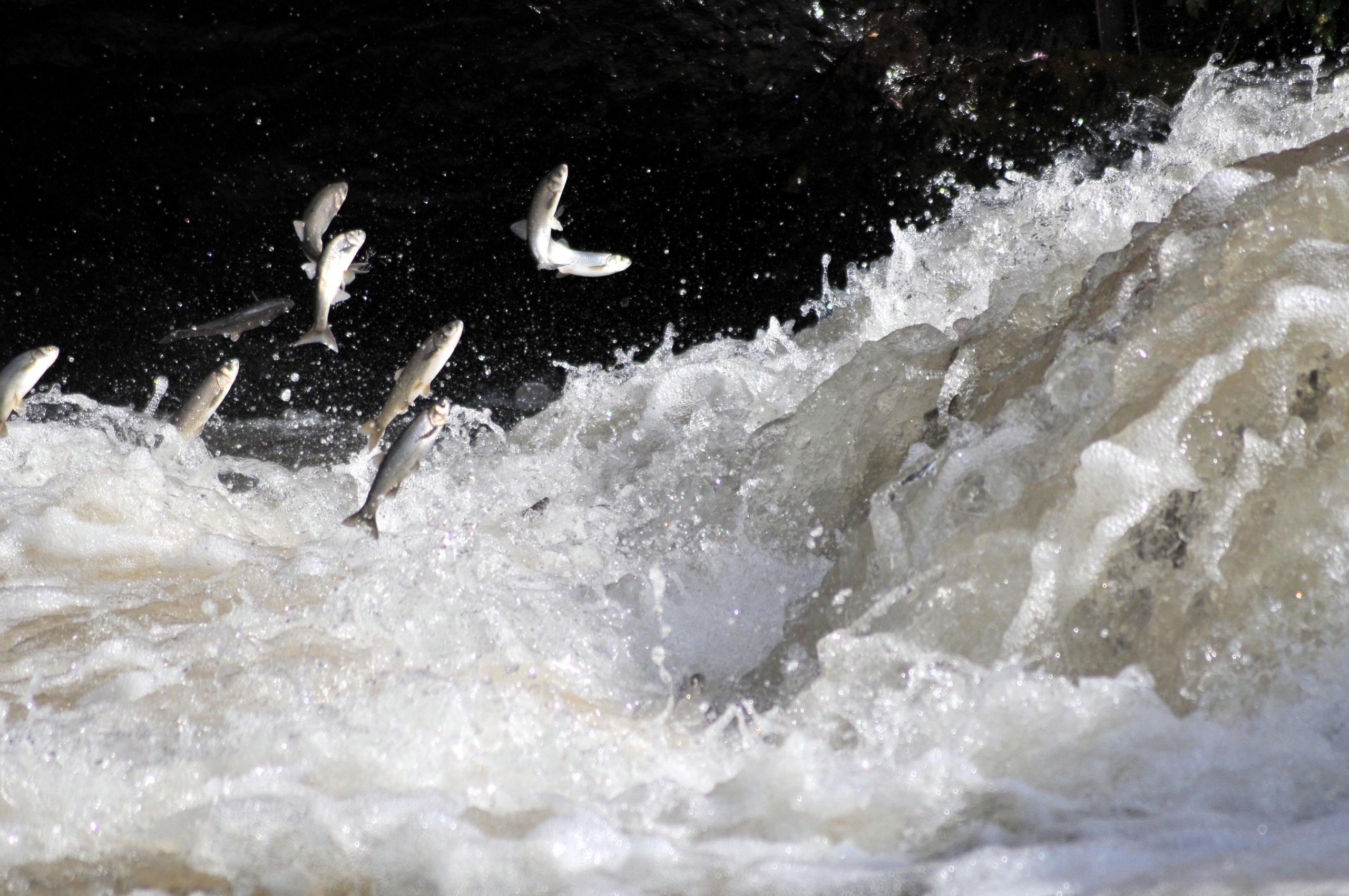Pearl mullets, an endemic fish species found only in Lake Van in the east of Turkey, have once again embarked on their challenging journey against the tide of life, swimming inversely upstream to get to freshwater to spawn their babies.
Come warm, sunny spring, the annual migration of the only fish species living in the highly carbonated waters of Lake Van begins. The fish begin spawning from April 15 to July 15, and the race to produce healthy offspring for the continuation of the species soon commences.
Known scientifically as alburnus tarichi, and also commonly as tarek, Van fish or “inci kefalı” by the Turks, pearl mullets are truly tested by their habitat. The salinity of the water hinders them from reproducing in the largest soda/alkaline lake on Earth. So, they migrate through the lake’s tributaries to spawn. This transition is a challenge in itself as, if the switch from salty to fresh water is too sudden, it can be lethal. Hence, the fish wait it out to adjust to the new conditions. With no food in sight and under the constant threat of being eaten alive by predators such as seagulls and water snakes, soon begins their bumpy ride.
Measuring about 20 centimeters in length, the lively mullets try to jump four times higher than their size, overcoming obstacles including a 70-cm-high waterfall on their way to lay their eggs. Once the females manage to lay their eggs, the males follow them to leave milt. Then, in about a week, new baby fish will hatch into the world. They return to the lake within a month.

Like in past years, relevant institutions and security forces are taking every precaution necessary at the lakeside to ensure that the pearl mullet does not get targeted by poaching fishermen.
This year, however, due to the novel coronavirus, silence prevails in the fish dam, which was created in the area of Deli Çay in Erciş District, where normally thousands of people witness the tough travel of pearl mullet every year.
A lecturer at the faculty of aquaculture of Van Yüzüncü Yıl University, Mustafa Akkuş said, “These beautiful displays are of great importance both for the continuance of fisheries in Lake Van and for the development of ecotourism in our region.”
Around 110,000 tourists visited the area last year during Ramadan Bayram, also known as Eid al-Fıtr, Akkuş said, expressing hope that after the pandemic is over new visitors will flock to the lake.
Last Updated on May 20, 2020 2:29 pm










Discussion about this post